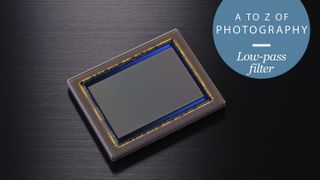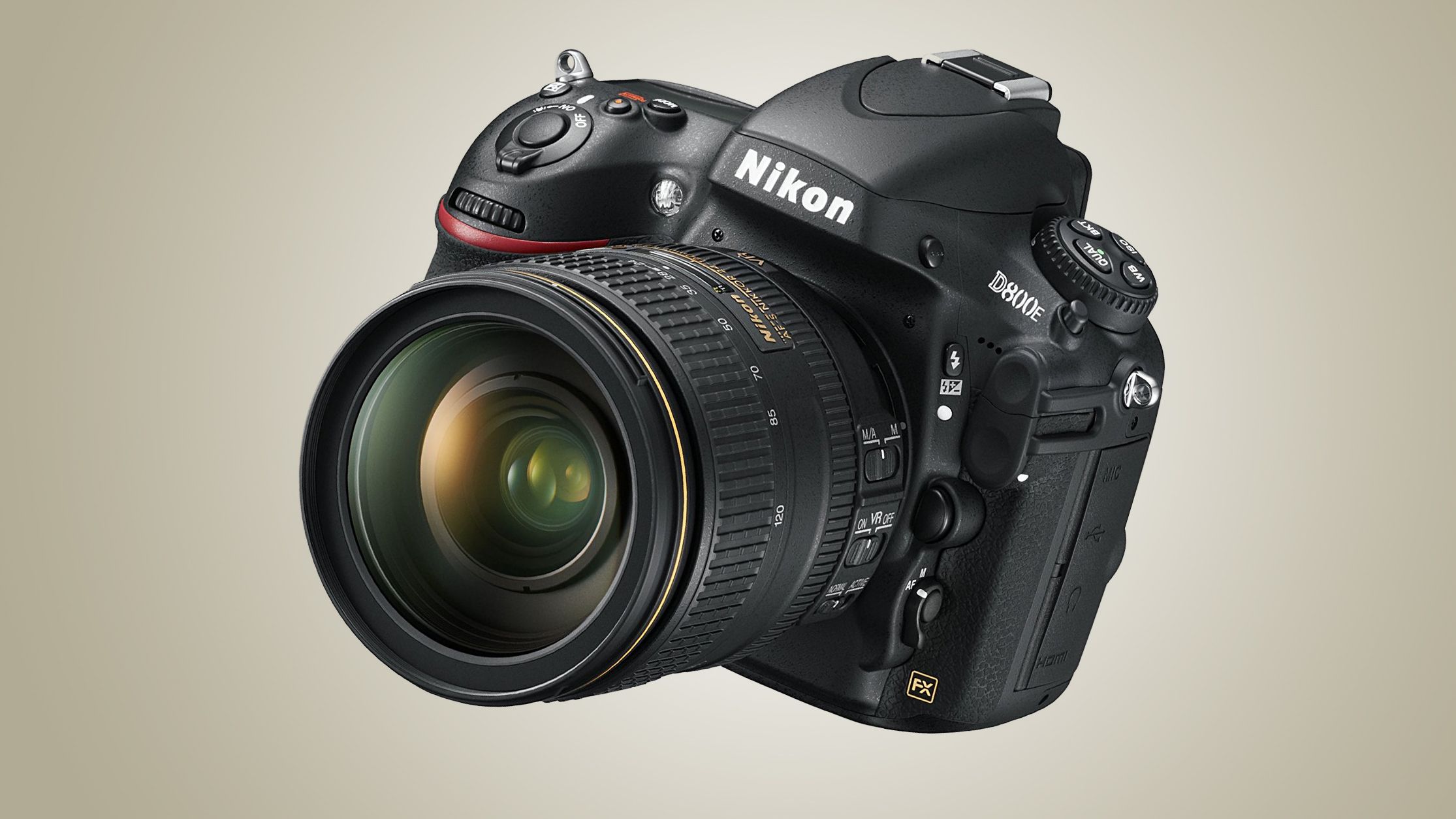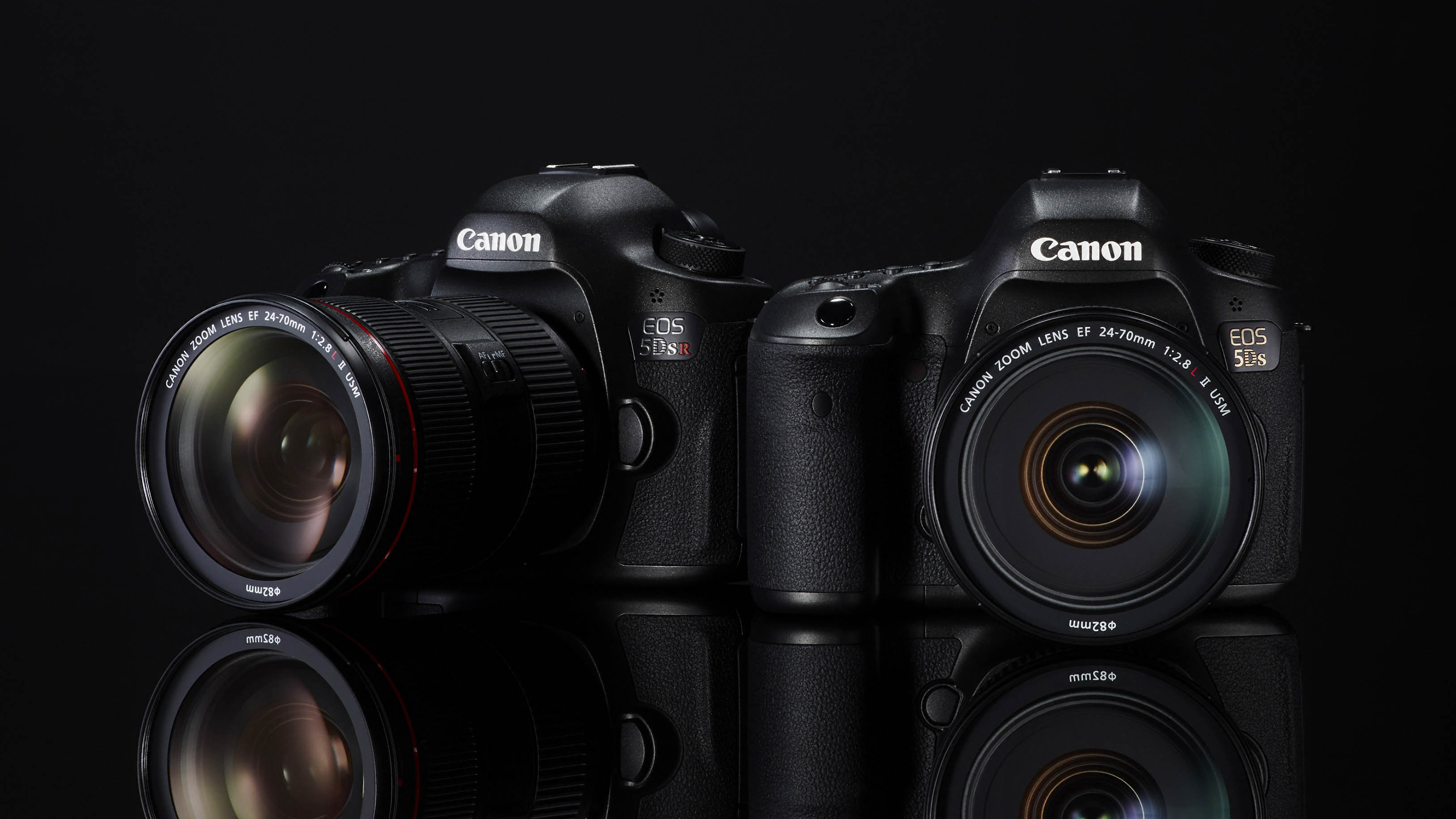What Is A Low Pass Filter On A Camera
The A to Z of Photography: Low-pass filter

Depression-laissez passer filters have long been used on camera sensors to prevent moiré or interference effects when you photograph subjects with fine, regular patterns. You may have seen this consequence on old TV sets with presenters wearing striped shirts or check jackets – those horizontal or vertical lines clash with the rectangular assortment of photosites on the photographic camera sensor.
Today's sensors accept much college resolutions, and so it takes a much finer pattern to produce this moiré outcome, but in theory it could still happen when photographing woven fabrics, for example, or fine rectangular patterns in man-made objects.
It's not simply the rectangular grid of photosites that'due south the problem, simply the color filter array that's placed over them to capture total-colour images. The most common layout is the 'bayer' array, with a regular pattern of two green photosites, i crimson and 1 blue in a repeating two 10 two grid. This can crusade color fringes and artefacts if the camera captures ultra-fine lines that don't straddle all four photosites; it's rare, simply with a super-precipitous lens and the 'wrong' subject, it can happen.
What does a low-pass filter practise?
The solution is the low-laissez passer filter. The technical description is a filter which allows lower frequencies to pass through (coarser detail, in this instance) but attenuates or blocks higher frequencies (finer detail). In a nutshell, a low-laissez passer filter slightly blurs the pixel-level detail to reduce or preclude moiré effects. This slight softening tin can be disguised with a lilliputian actress epitome sharpening later.

For a long time, low-pass filters were taken for granted equally a necessary part of sensor design, but then Nikon started launching cameras like the D7100 and D800E with no low-pass filter. These produced visibly sharper fine detail (if you looked very hard), and Nikon'southward hunch that the pixel pitch of the newest high-resolution sensors was so fine that moiré wouldn't be a problem any more was proved right. Now, it's common for makers to tout the absenteeism of a low-pass filter as a selling point.
So nosotros don't need them any more?
That doesn't mean moiré can't happen. Some software tools have moiré suppression options for images where it does announced, and Pentax cameras have a particularly novel approach, with an 'anti-aliasing filter simulator'. Pentax DSLR sensors don't have a low-pass filter, just they can apply their sensor-shift Shake Reduction system to employ tiny high-frequency sensor movements during the exposure to simulate the effect of a low-pass filter. The idea is that you use the filter simulator only for those shots where you think moiré might exist an result.
When Nikon launched the D800 it came with a low-laissez passer filter over the sensor, only Nikon likewise launched a D800E variant with no filter. And when it launched that camera'southward successor, the D810, Nikon ditched the depression-pass filter entirely, evidently with no ill effects.

Canon, meanwhile, offers two versions of its EOS 5DS. The regular model has a low-pass filter over the sensor, while the EOS 5DS R has a low-pass 'counterfoil' filter. It'southward not clear how that works, but the intention is to provide a second, even higher-resolution model for those photographers prepared to have their chances with moiré.
Sigma's Foveon sensors might produce lower-resolution images (in pixels) than regular cameras, but they nevertheless capture uncannily sharp fine detail – partly because there'southward no color filter array on the sensor and it doesn't need a low-laissez passer filter.
Fujifilm, meanwhile, doesn't use low-pass filters for its X-Trans sensors, claiming that the X-Trans design'southward unique colour filter array is sufficiently 'random' to eliminate the gamble of moiré effects.
Information technology looks like low-laissez passer filters are no longer essential in modern camera blueprint, and taking them away does in theory improve very fine item rendition, even if it takes a very sharp lens and perfect shooting technique to show it.
- The A to Z of Photography: aperture
- Sensors sizes explained: what you need to know
What Is A Low Pass Filter On A Camera,
Source: https://www.techradar.com/news/the-a-to-z-of-photography-low-pass-filter
Posted by: smithockly1984.blogspot.com


0 Response to "What Is A Low Pass Filter On A Camera"
Post a Comment